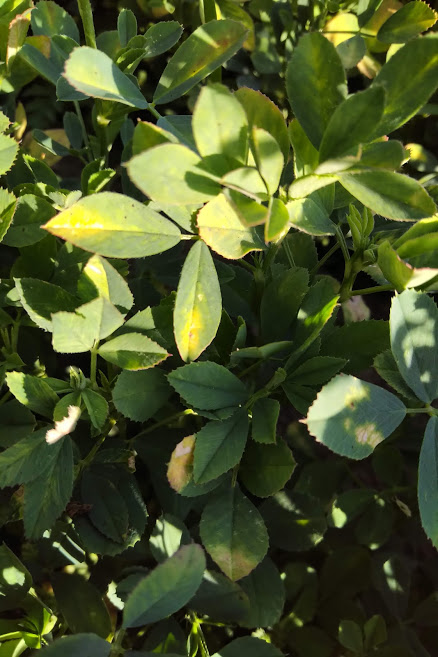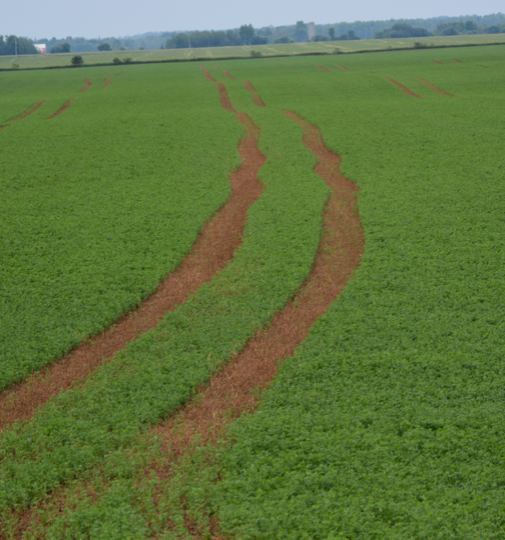Crop Report – May 25th, 2022

Conditions A large storm system with high winds, and variable amounts of rain on Saturday swept across Windsor to Quebec City, and left widespread power outages, downed trees, and property damage. The storm was classified by Environment Canada as a Derecho, (Figure 1.) which is defined as a line of intense, widespread and fast-moving windstorms and […]











